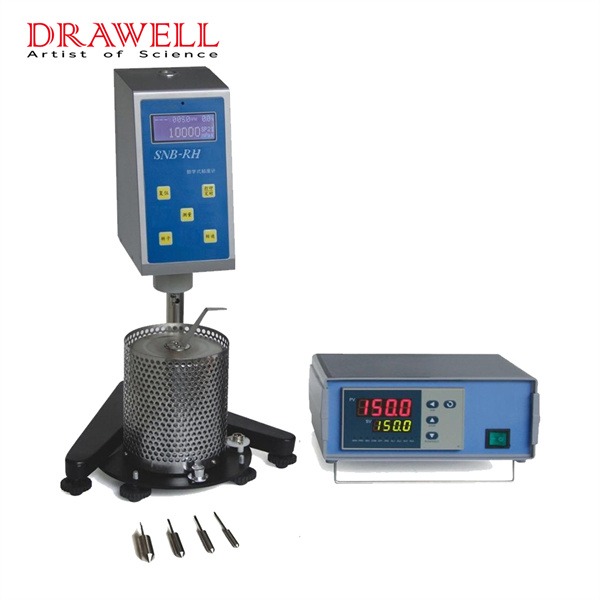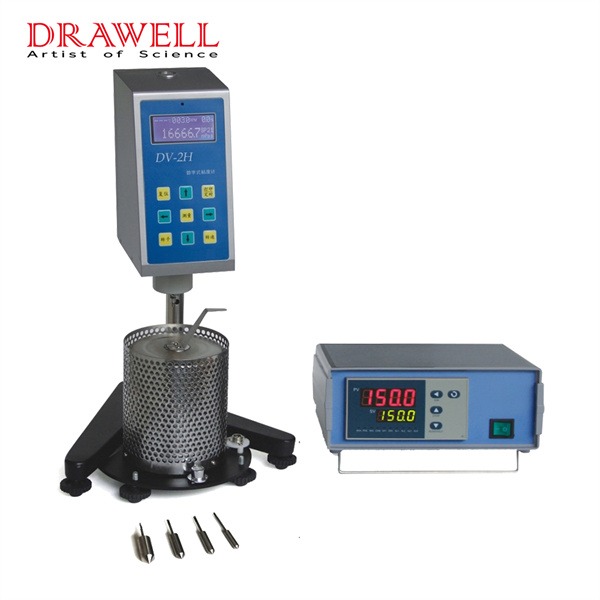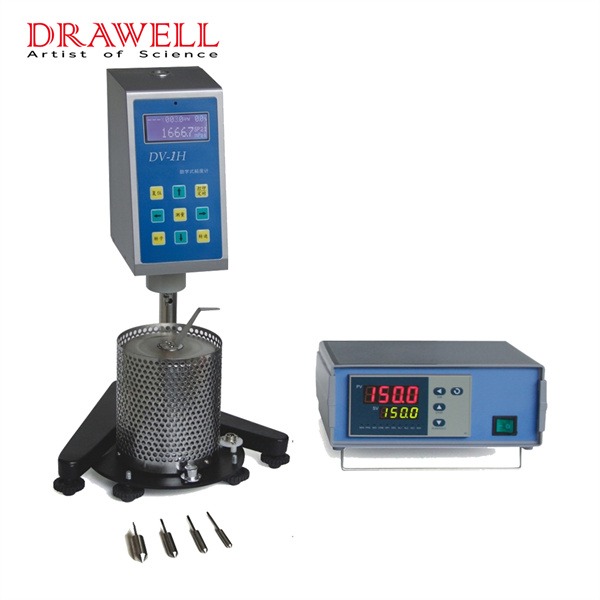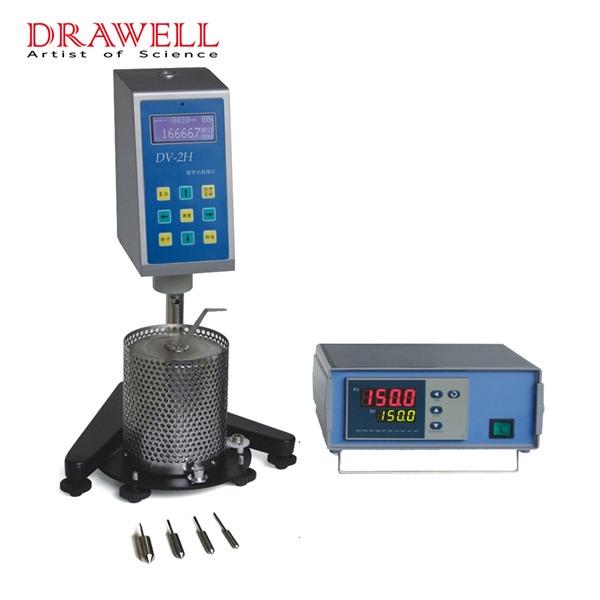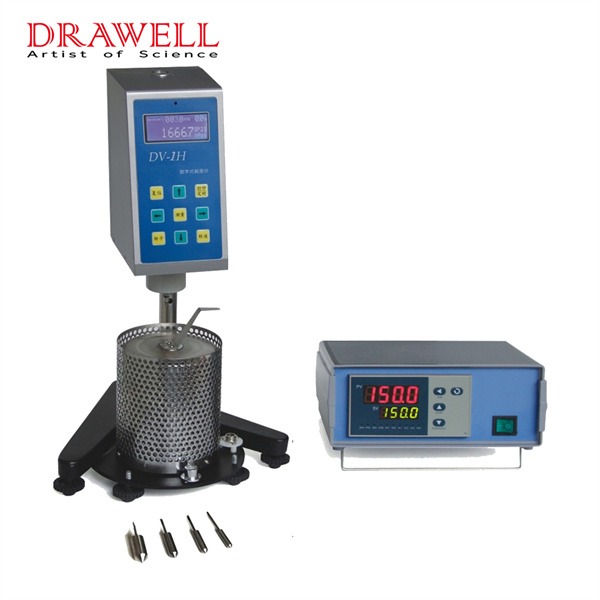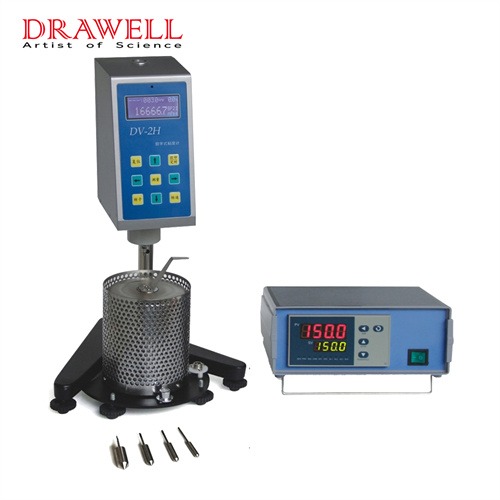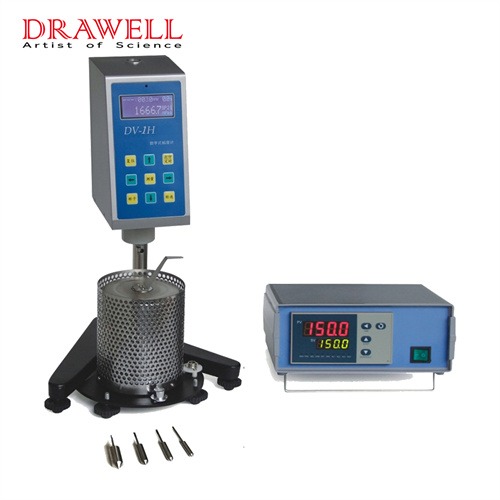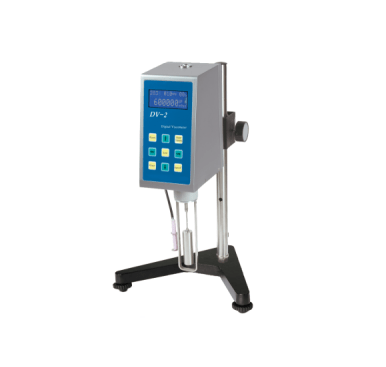A viscometer refers to an instrument used to measure the viscosity of fluids (liquid and gas). Viscometers can more accurately control the viscosity of measured substances, so they are widely used in the manufacturing process of liquid and gas products. But many people may have only heard of viscometers, but they don’t know what specific classifications of viscometers are, and what are the functions of different classifications of digital viscometers. This article will introduce the classification of digital viscometers and the functions of different types of digital viscometers. I hope it can help you.
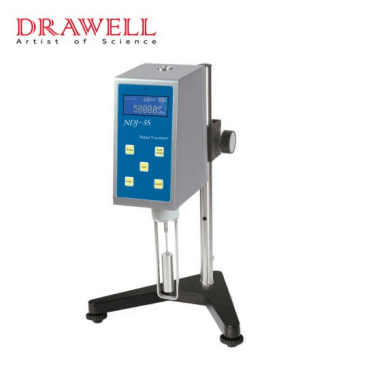
Digital viscometer classification
The most commonly used digital viscometers in the production process are rotary, ultrasonic viscometers, and capillary viscometers.
Rotational viscometer
a digital viscometer with a rotating measurement system. There are many kinds of it: according to the measurement parameters, it can be divided into measuring torque type (rotation speed constant) and measuring speed type (torque constant); according to the different structures of the device, it can be divided into coaxial cylinder type and cone-plate type. For a torque-measuring viscometer with a coaxial cylinder structure, when the outer cylinder rotates at a certain speed, the torsion torque of the inner cylinder shaft is measured to indicate the viscosity. It can measure absolute viscosity, is suitable for high temperature and high pressure, and is often used in industrial production such as chemical fiber, papermaking, and resin polymer.
Rotary viscometer
It is composed of ultrasonic detection components and electronic instruments. When the electronic instrument outputs a pulse current to excite the iron-cobalt-vanadium shrapnel immersed in the liquid to be tested, due to the magnetostrictive effect (see piezomagnetic sensor), a mechanical vibration that decays over time is generated. The decay rate of the shrapnel in the liquid measured by the measuring circuit can indicate the viscosity of the liquid. The detection element is resistant to temperature up to 300°C and is also resistant to high pressure and corrosion. It is suitable for the control of chemical, petroleum, paper, rubber, plastic, paint, and heavy oil burners.
Capillary viscometer
Various forms such as Ubbelohde, Pin’s, Fen’s, and countercurrent.
The capillary viscometer is an instrument that uses capillary tubes to measure fluid viscosity. The behavior of the fluid flowing through the capillary follows the Poiseuille equation: η= (πr to the 4th power pt)/(8lv) rule. In the equation, η is the viscosity coefficient, r is the radius of the capillary, l is the length of the capillary, P is the pressure difference between the two ends of the capillary, v is the volume of the flowing liquid, and t is the flow time. There are many measurement methods for this viscometer. It can measure the time that a certain volume of liquid flows through the capillary under a certain pressure difference, and it can also measure the volume of the liquid flowing out of the capillary under a certain pressure difference per unit time. It can also specify a certain flow measurement capillary. The pressure difference between the two ends. The metering pump passes the measured liquid through the capillary tube at a certain flow rate, and then the pressure difference between the two ends of the capillary tube is measured by a differential pressure gauge to indicate the viscosity value. The capillary viscometer has a wide measuring range, high accuracy, is simple and easy to maintain, and can be used for high pressure, but it has high requirements for the cleanliness of the measured liquid. Suitable for measuring lubricating oil, fuel oil, etc.
Other
Of course, there are other types of viscometers, such as cup type:
En’s Viscometer, Ford Cup in the United States, Zahn Cup in Japan.
Falling ball type: Fungilab ViscoBall Falling Ball Viscometer
However, as a viscosity measuring device, the most mainstream ones are rotary viscometer, ultrasonic viscometer, and capillary viscometer.
Features of digital viscometer
Features of Digital Rotational Viscometer
- Continuously sense and display data results;
- The optional speed can meet different measurement ranges;
- An RTD temperature probe can be purchased to monitor the sample temperature in real-time;
- Built-in automatic time measurement function (set the time to reach the specified torque and the time to stop the measurement);
- A warning will occur when the instrument falls below or exceeds the measuring range;
- The USB port is connected to a personal computer to realize program control and data collection;
- For the rotor, the thicker the rotor, the larger the model, and the wider the range of liquid viscosity that can be measured;
- For the same liquid, the speed increases with the increase of the rotor model;
- For the liquid to be tested, the greater the viscosity, the smaller the rotor can be measured;
(10) Using the same kind of rotor, the speed decreases with the increase of viscosity.
Features of Ultrasonic Viscometer
(1) The high-precision smart meter controls the temperature, and the temperature is more accurate;
(2) The circulating water pump controls the water circulation;
(3) Large temperature control range;
(4) With electronic timer;
(5) With cold light illumination;
- It can be cleaned at room temperature or heated.
Capillary viscometer features
(1) Equipped with a dedicated partition frame;
- The system is a completely stainless steel structure, which can be cleaned quickly and cleanly.
The above are the major categories of digital viscometers. In general, each type of viscometer has a unique design and can meet different measurement requirements.

